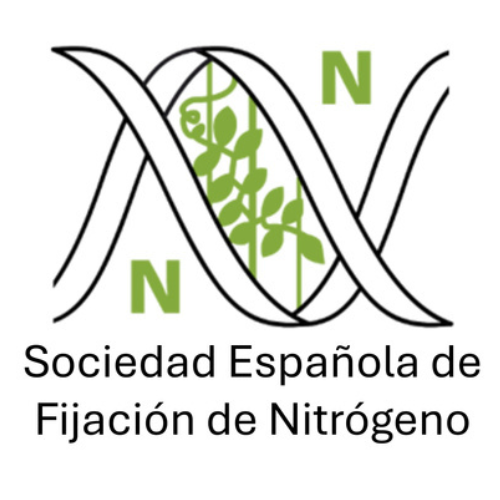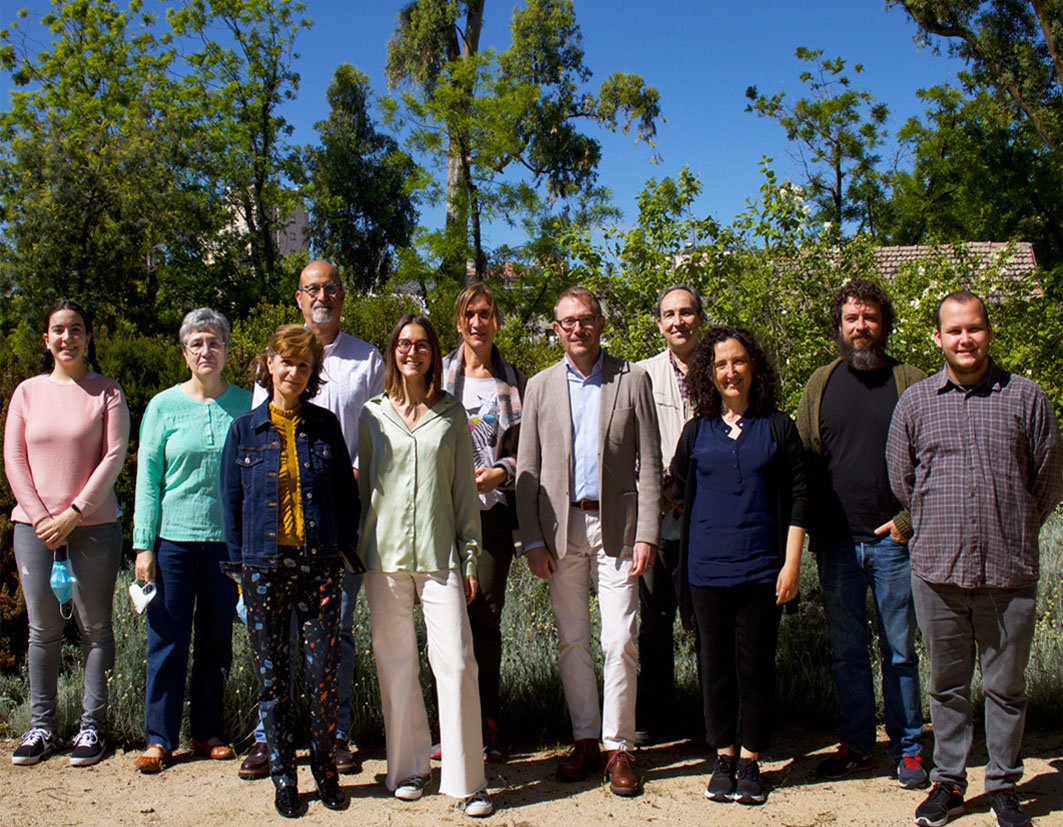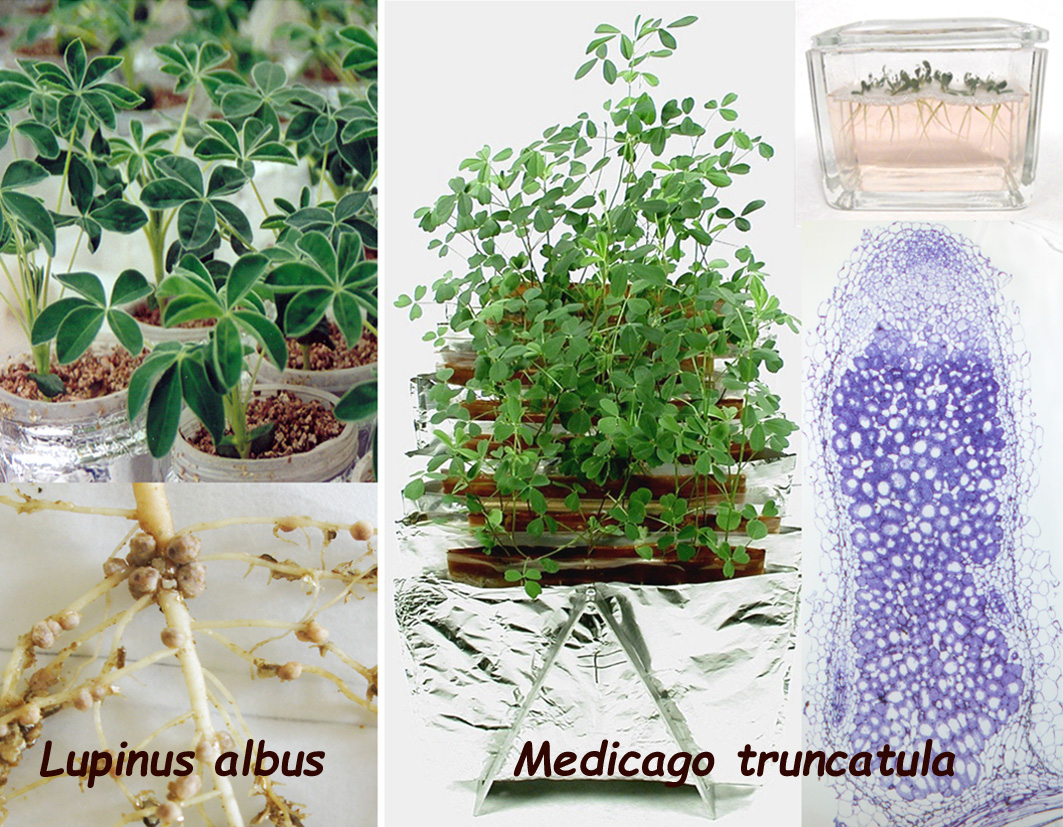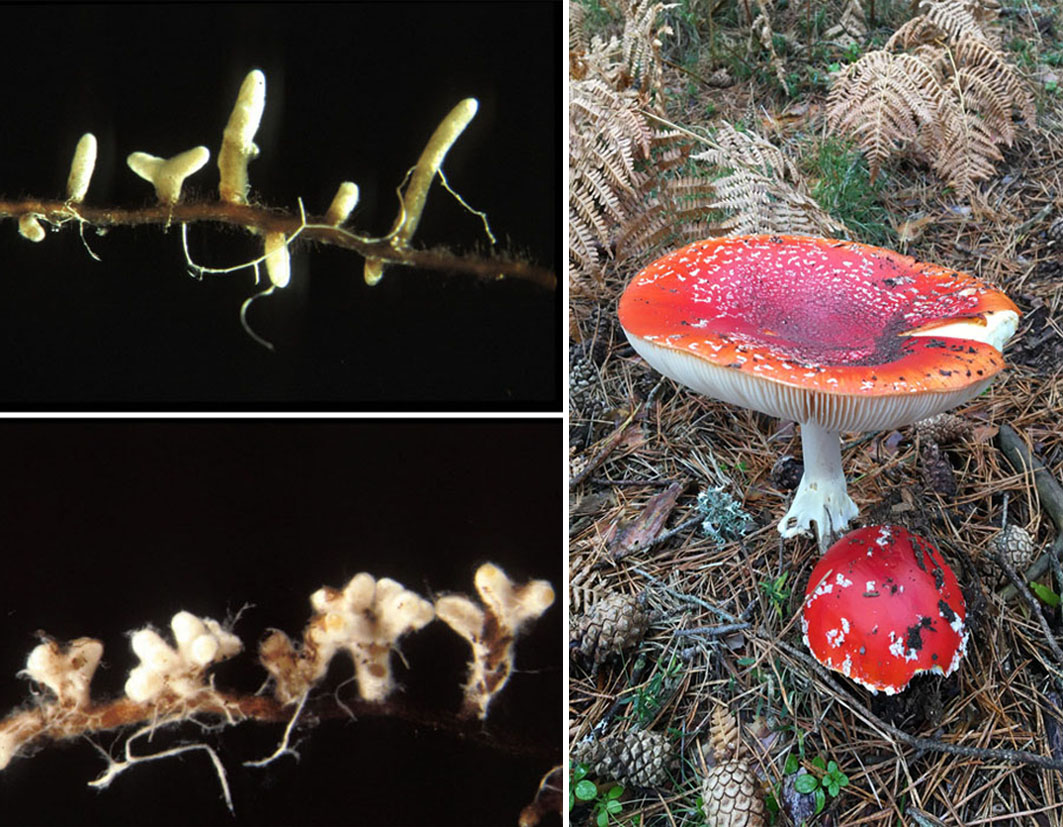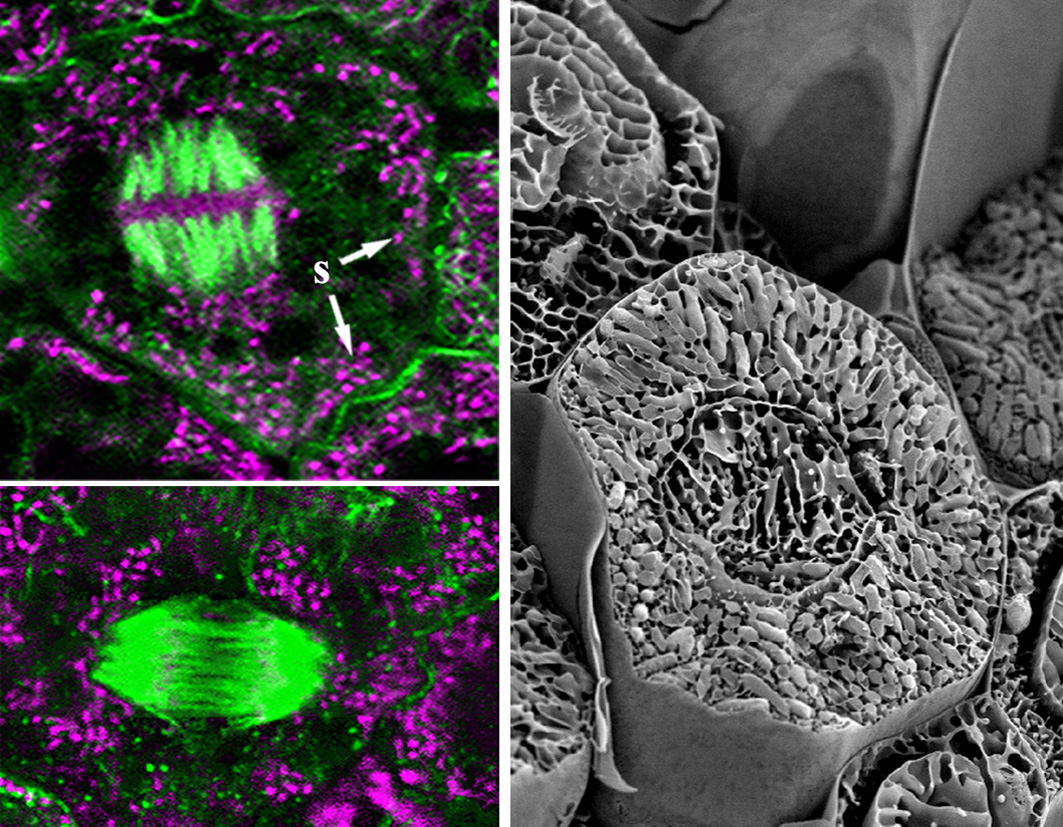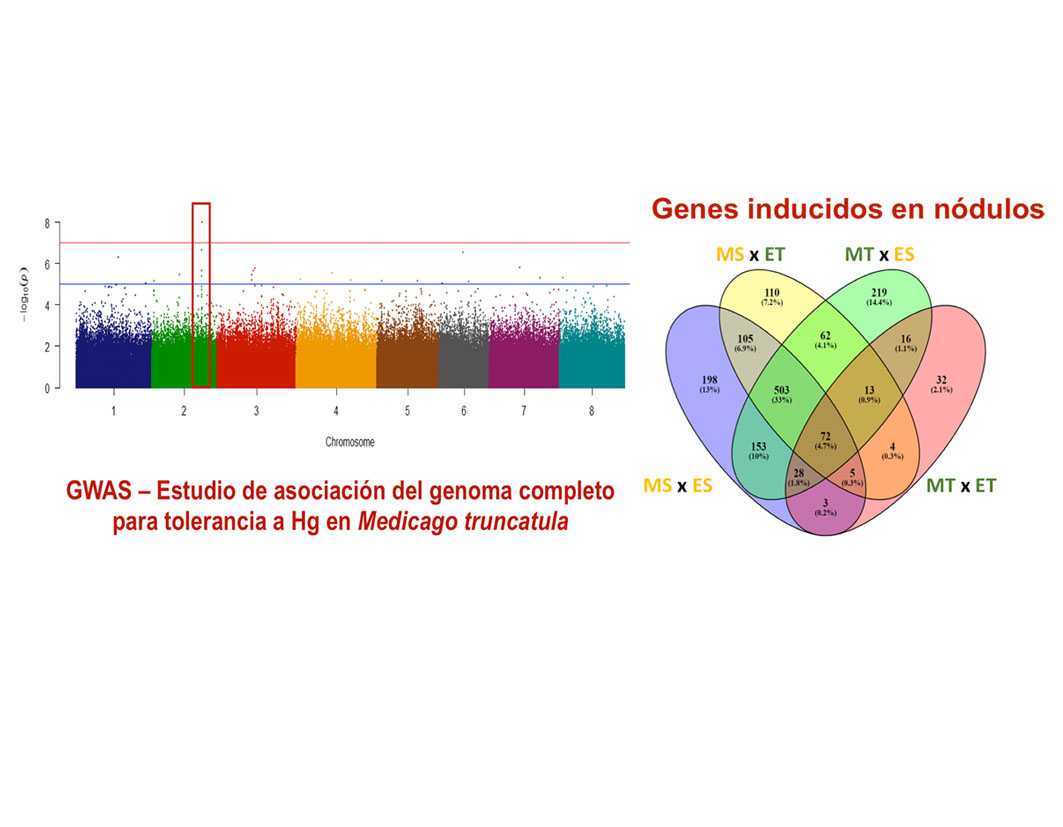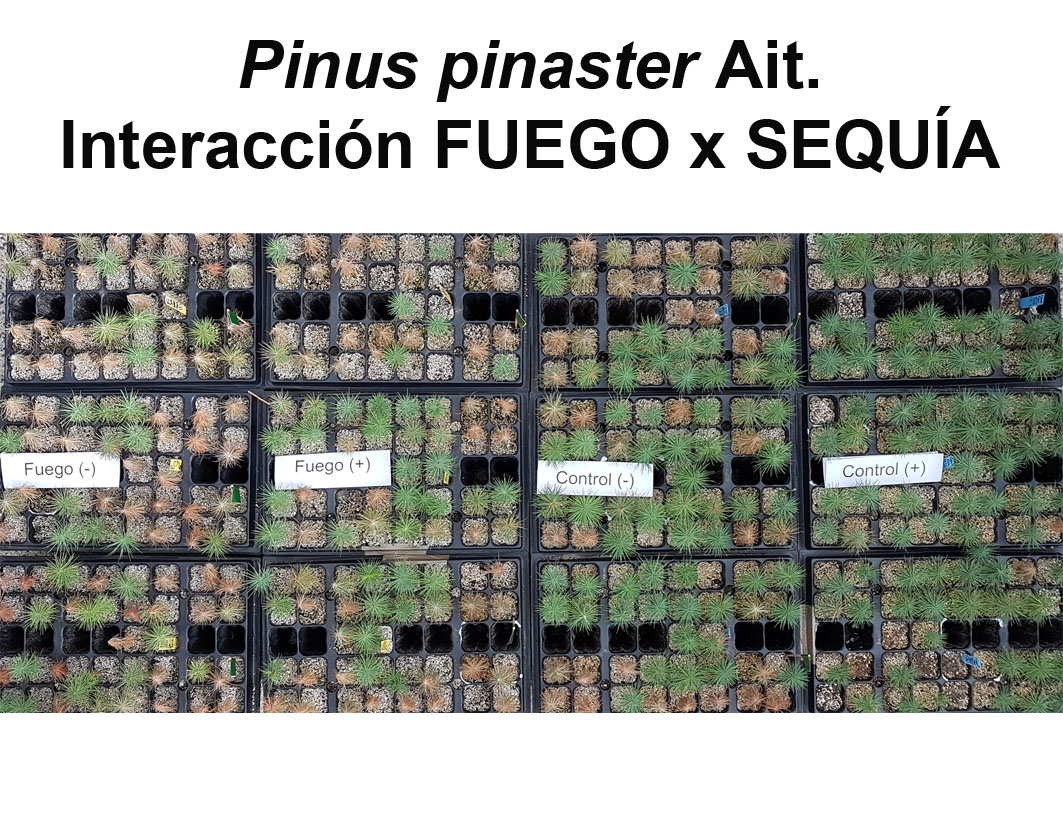Beneficial Plant-Microbe Interactions
José Javier Pueyo Dabad (IP)
Professor CSIC
TELÉFONO
+34 91 745 25 00 Ext: 950102
Other group members
Research lines
- Study of Legume-Rhizobium and Ectomycorrhizal symbioses
- Analysis of microbial diversity in agricultural and forestry systems
- Evaluation of the response of plants and micro-organisms to abiotic stresses and global change
- Phytoremediation and soil restoration through symbiotic associations
- Ecology of the black truffle
Representative publications
- Sharma R, Chakraborty S, Clear M, Xie M, Pueyo, JJ, Paape T (2025). Plant genotype and rhizobia strain combinations strongly influence the transcriptome under heavy metal stress conditions in Medicago truncatula. Plant Stress, 16:100854. doi: 10.1016/j.stress.2025.100854. IF: 6.8, Q1
- Barou V, Zabal-Aguirre M, Parladé J, Rincón A (2025) Tuber melanosporum Vittad. abundance and specific soil parameters predict soil enzymatic activity in wild and managed truffle producing systems. Applied Soil Ecology 206: 105872; https://doi.org/10.1016/j.apsoil.2025.105872.
- Fedorova EE, Pueyo JJ (2024) Microbial Colonization of the Host Plant: Cellular and Molecular Mechanisms of Symbiosis. International Journal of Molecular Sciences 25, 639. https://doi.org/10.3390/ijms25010639
- Cordero I, Pueyo JJ, Rincón A (2024) Bio-fertilisation with native plant growth promoting rhizobacteria increases the tolerance of the neotropical legume tree Caesalpinia spinosa to water deficit. Forest Ecology and Management 558, 121786.
- Prieto-Rubio J, Perea A, Garrido JL, Alcántara JM, Azcón-Aguilar C, López-García A, Rincón A (2023) Plant traits and phylogeny predict soil carbon and nutrient cycling in Mediterranean mixed forests. Ecosystems 26: 1047-1060. https://doi.org/10.1007/s10021-022-00815-z
- Msaddak A, Mars M, Quiñones MA, Lucas MM, Pueyo JJ (2023) Lupin, a unique legume that is nodulated by multiple microsymbionts: the role of horizontal gene transfer. International Journal of Molecular Sciences 24, 6496. https://doi.org/10.3390/ijms24076496
- Paape T, Heiniger B, Santo Domingo M, Clear M, Lucas MM, Pueyo JJ (2022) Genome-wide association study reveals complex genetic architecture of cadmium and mercury accumulation and tolerance traits in Medicago truncatula. Frontiers in Plant Science 12, 806949. https://doi.org/10.3389/fpls.2021.806949
- Pueyo JJ, Quiñones MA, Coba de la Peña T, Fedorova EE, Lucas MM (2021) Nitrogen and phosphorus interplay in lupin root nodules and cluster roots. Frontiers in Plant Science 12, 644218. https://doi.org/10.3389/fpls.2021.644218
- Fedorova EE, Coba de la Peña T, Lara-Dampier V, Trifonova NA, Kulikova O, Pueyo JJ, Lucas MM (2021) Potassium content diminishes in infected cells of Medicago truncatula nodules due to the mislocation of channels MtAKT1 and MtSKOR/GORK. Journal of Experimental Botany, 72, 1336-1348. https://doi.org/ 10.1093/jxb/eraa508
- Pérez-Izquierdo L, Zabal-Aguirre M, Verdú M, Buée M, Rincón A (2020) Ectomycorrhizal fungal diversity decreases in Mediterranean pine forests adapted to recurrent fires. Molecular Ecology 29: 2463-2476.
Grants
- Rincón A (Coord., IP, SP1), Peguero-Pina JJ (IP, SP2), Bonet JA (IP, SP3) (2023-2027) TUBERLINKS. Evaluación de la biodiversidad y las relaciones suelo-planta en sistemas productores de trufa para el óptimo manejo y gestión de sus producciones. PID2022-1364780B-C31. Ministerio de Ciencia e Innovación, MICINN, Agencia Estatal de Investigación, AEI.
- Rincón A (IP), Pueyo JJ (CoIP) (2022-2024) MIDIVERSOIL. Evaluación de estrategias basadas en la biodiversidad microbiana para la restauración y remediación del suelo. TED2021-132350B-I00. Ministerio de Ciencia e Innovación, MICINN, Plan Recuperación, Transformación y Resiliencia. Agencia Estatal de Investigación, AEI.
- Pueyo JJ (IP), Lucas MM (CoIP) (2022-2026) LUPIMETAL. White lupin and its associated bacteria as a heavy metal phytoremediation tool with environmental and agronomic added value. PID2021-125371OB-I00. Ministerio de Ciencia e Innovación, MICINN, Agencia Estatal de Investigación, AEI.
- Pueyo JJ (IP), Mars M (CoIP) (2022-2023) Applications of the symbiotic association legume-rhizobium in the phytoremediation of heavy metal polluted soils. COOPB20610. CSIC, Programa de Cooperación Científica para el Desarrollo i-COOP
Relevant methods
- Molecular characterization of microorganisms
- Metagenomics of microbial communities
- Real-time quantitative PCR
- Electrophoresis of nucleic acids, proteins and lipopolysaccharides
- PAGE-native, determination of enzyme activities
- Gas chromatography, measurement of acetylene reduction activity
- Analysis of plant growth promoting capacities of bacterial isolates
- Formulation of ectomycorrhizal fungal inocula
- Determination of soil and mycorrhizal enzyme activities
- Ecophysiology of plants
Collaborations with other national and international research groups
- Cristina Aponte, INIA-CSIC, Madrid
- Xavier Parladé Izquierdo (IRTA, Cabrils, Barcelona)
- Ana María de Miguel Velasco (Universidad de Navarra)
- Agustín Probanza (Universidad San Pablo CEU, Madrid)
- Concepción Azcón (Estación Experimental del Zaidín, CSIC, Granada)
- Fernando Valladares (Museo Nacional de Ciencias Naturales, CSIC, Madrid)
- Jorge Curiel Yuste (Basque Centre for Climate Change, Bilbao)
- Miguel Verdú del Campo (Centro de Investigaciones sobre Desertificación, CSIC, Valencia)
- Marta Goberna Estellés (INIA-CSIC, Madrid)
- Elena Ibáñez Ezequiel (ICTAN, CSIC, Madrid)
- Teodoro Coba de la Peña (CEAZA, La Serena, Chile)
- Timothy Paape (Brookhaven National Laboratory, Upton, NY, USA)
- Hilda Pedranzani (Universidad Nacional de San Luis, San Luis, Argentina)
- Elena Fedorova (KA Timiryazev Institute of Plant Physiology, Russian Academy of Science, Moscú, Russia)
- Soledad Vásquez-Murrieta (Instituto Politécnico Nacional, Ciudad de México, Mexico)
- Marc Buée (INRA, Nancy, France)
- Javier Matías Prieto y Mª José Lozano López (CICYTEX, Badajoz)
- Guillermo Bueno (IPE-CSIC, Huesca)
